By Chelsea Blake on Jul 1, 2021 11:09:19 AM
With the 4th of July around the corner, I was perusing Pinterest for recipes to take to our annual get-together in honor of America's birthday. 🎉 A relevant "pin" caught my eye...a "safety shield" for kids to use while playing with sparklers. We know how hot sparklers can get (anywhere from 1800°F to 3000°F - hotter than the melting point of cast iron & stainless steel) but yet a majority of the time, we just give a quick warning and let the kids (and some adults) go on their way running with these hot torches. Insert dramatic music here...just kidding this is not a PSA on sparkler safety. Are operations using conveyors all that different?!
Let's compare these two situations:
🎇Sparklers = Conveyor hazards
🎇Concerned parents at a 4th of July party = Supervisors/managers
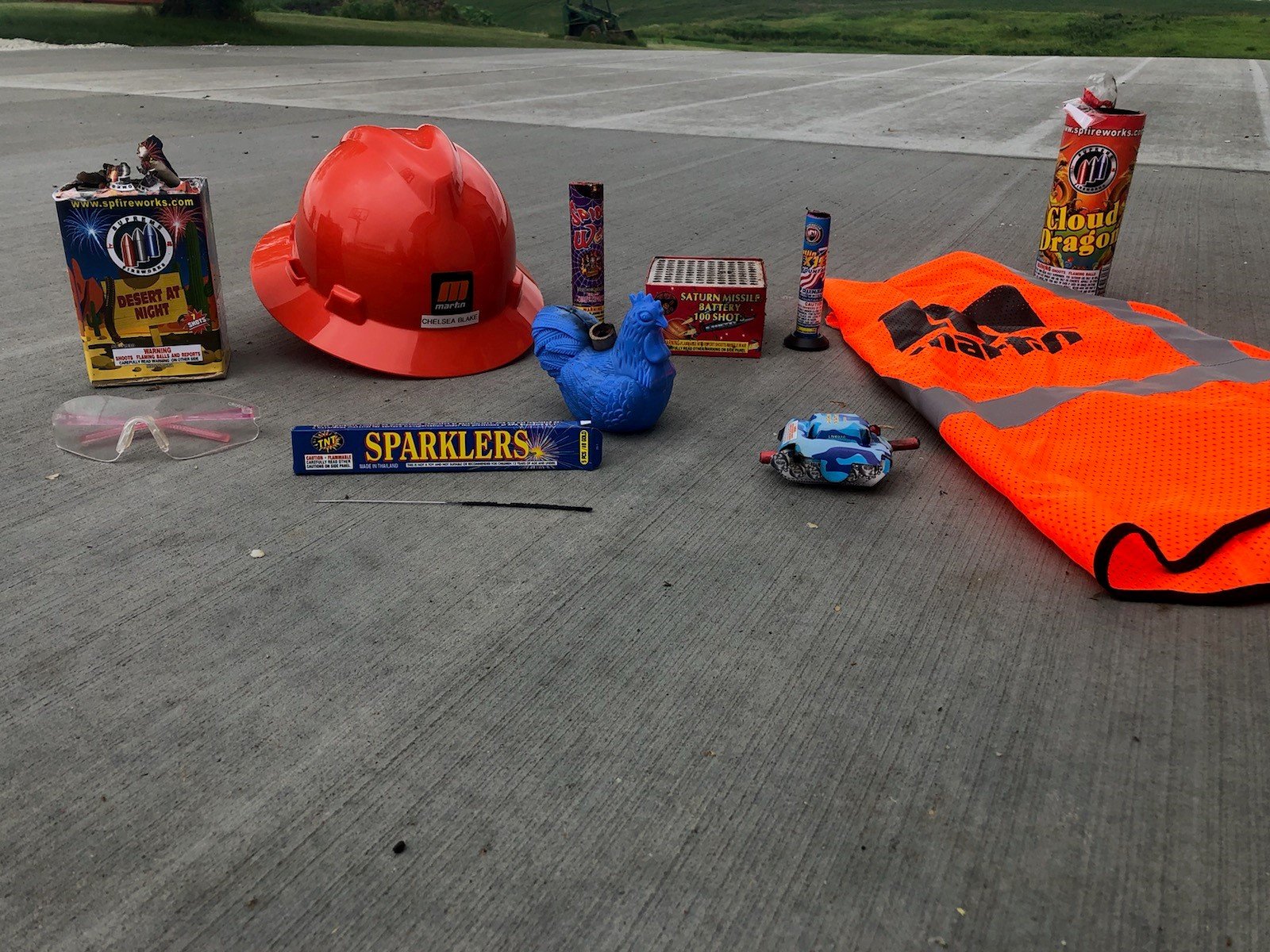
The fact that you are surrounded by hazards has nothing to do with a "dud" of a boss or supervisor, they might care no less than the festive, firework-lovin' moms and dads. The truth is, hazards are present in material handling operations. The important things to focus on are:
- making the environment a safe zone by training employees to recognize the dangers and exercise caution
- utilizing safety-enhancing solutions
- reducing exposure
- ensuring ALL workers make it home safely each night
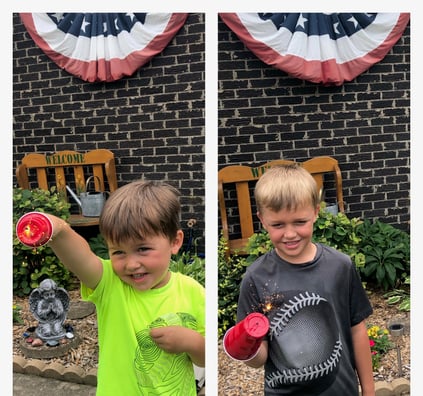
Just like I try to teach my kids to be safe around fireworks: keep your distance, don't assume they are over as fireworks can lag, wait until they cool off before touching, keep water handy in case of fire, never point fireworks at yourself or someone else, etc. Just like I tried out the DIY sparkler safety solution. I am not endorsing this method, proceed as you see fit. I have been on the fence about telling them of the time their Papa got out "sparklers." I was sitting in the attached garage on a July night and my Dad thought it would be fun to light some sparklers for old times sake (we did this a lot growing up). I can't exactly pinpoint the moment I realized my Dad was not twirling multiple sparklers in his hands....but bottle rockets. It might have been the lack of sparkle replaced by a whistling sound that tipped me off. I went into save-yourself mode and swung open the garage door to hide behind. I will never forget the look on his face as bottle rockets were flying all around the garage. We both survived with no injuries. Maybe I will use it as a "what NOT to do" lesson...I don't want to give them any ideas!
Let's dig into the four bullets above a little further.
Making sure all employees are properly trained to be aware of the dangers associated with conveyors is a vital step in creating a safe work environment. A lot of new hires are anxious about their new job, still getting used to the atmosphere, and/or unaware of how serious conveyor accidents can be. Some veteran workers maintain the "it won't ever happen to me" attitude. Both are dangerous mindsets to have. They aren't trying to ignore safety. The risk just isn't always naturally top of mind (like excited kids with fireworks). Make sure you have taken the necessary steps to train and retrain coworkers/staff/management.
There are safety-focused solutions to aid in protecting employees from injury. Conveyor hazards such as pinch points, nip points, and rolling components can be properly guarded to prevent exposure. Conveyor guards allow for inspection while keeping workers safely away from moving parts and falling debris.
Keeping Workers Away From Hazards
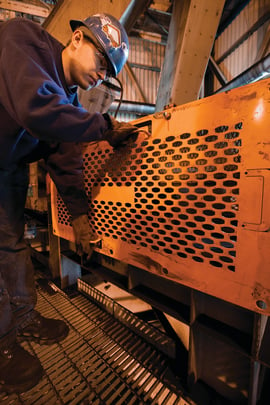 While this isn't as clear-cut as it may seem, there are ways to limit interactions with dangerous equipment. By continually requesting workers to manually clean around conveyors, you are putting them in harm's way. This type of labor puts them in close proximity to moving parts which can result in injury. Backbreaking labor also takes its toll on a person mentally and physically. So whatever is creating the mess that needs to be cleaned up, get to bottom of that and resolve the root cause. It might be carryback, spillage, dust, etc., - all of which have solutions. Sidenote: did you see the chicken firecracker in the top image? My blog posts seem to have a recurring theme 🐓
While this isn't as clear-cut as it may seem, there are ways to limit interactions with dangerous equipment. By continually requesting workers to manually clean around conveyors, you are putting them in harm's way. This type of labor puts them in close proximity to moving parts which can result in injury. Backbreaking labor also takes its toll on a person mentally and physically. So whatever is creating the mess that needs to be cleaned up, get to bottom of that and resolve the root cause. It might be carryback, spillage, dust, etc., - all of which have solutions. Sidenote: did you see the chicken firecracker in the top image? My blog posts seem to have a recurring theme 🐓 
Employees returning home to their loved ones every day is invaluable. Do all in your power to make that happen.
PPE (personal protective equipment)...enforce it & wear it! Or make your own from Pinterest ideas - JK 😃.
And in case you were wondering if I succeeded in finding what I actually went to Pinterest for before getting sidetracked - yes, I did. I plan to make chocolate lasagna and red, white, and blue cookie dough dip. Boom ❇️

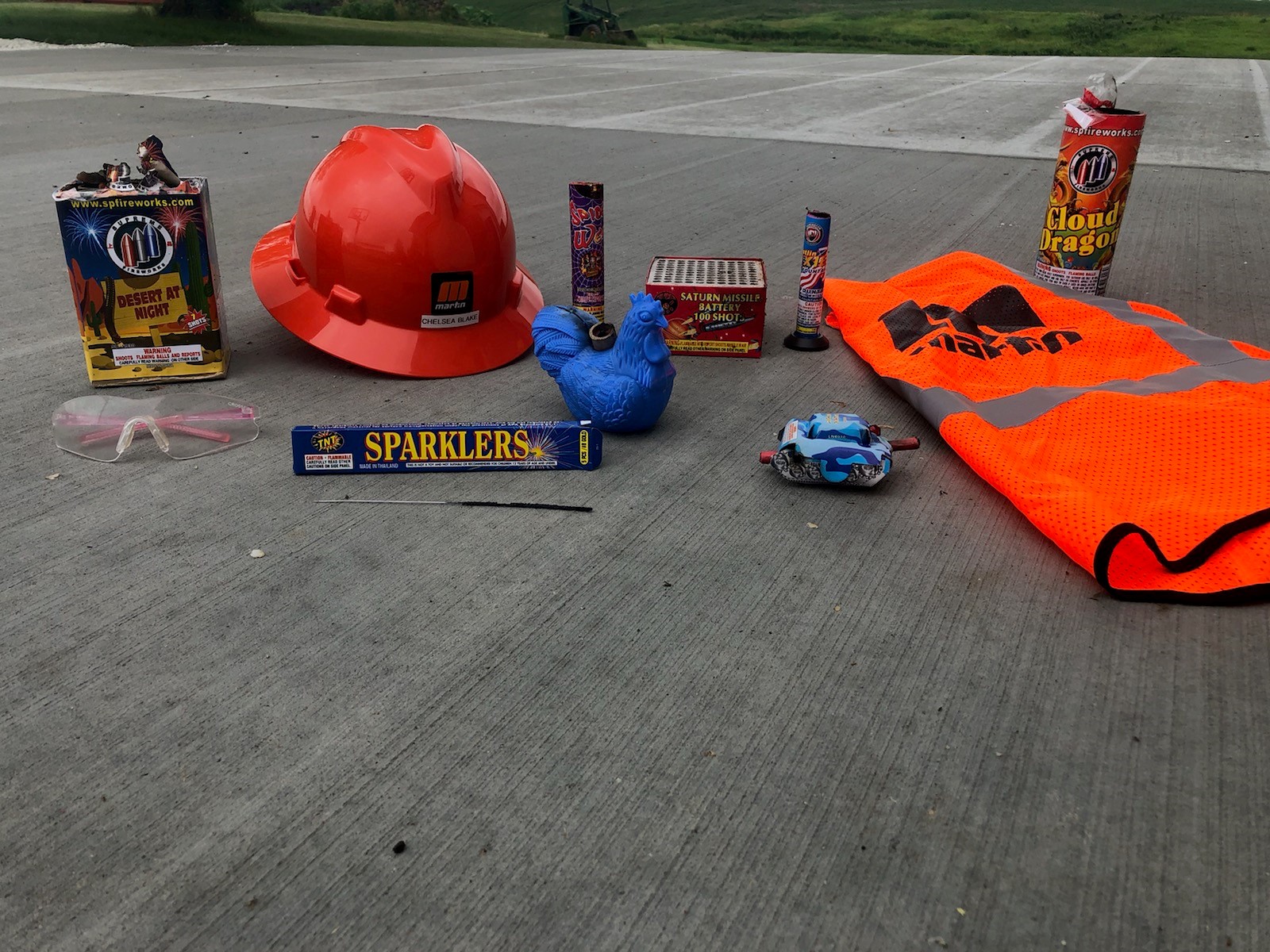



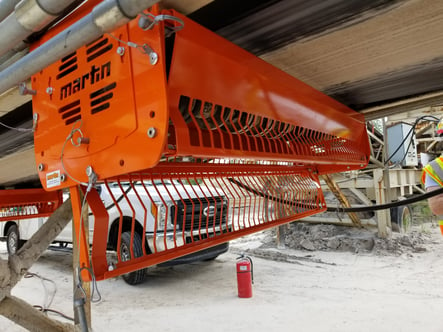
.png?width=512&name=Low%20Resolution-CP_Guarding%20(1).png)

comments